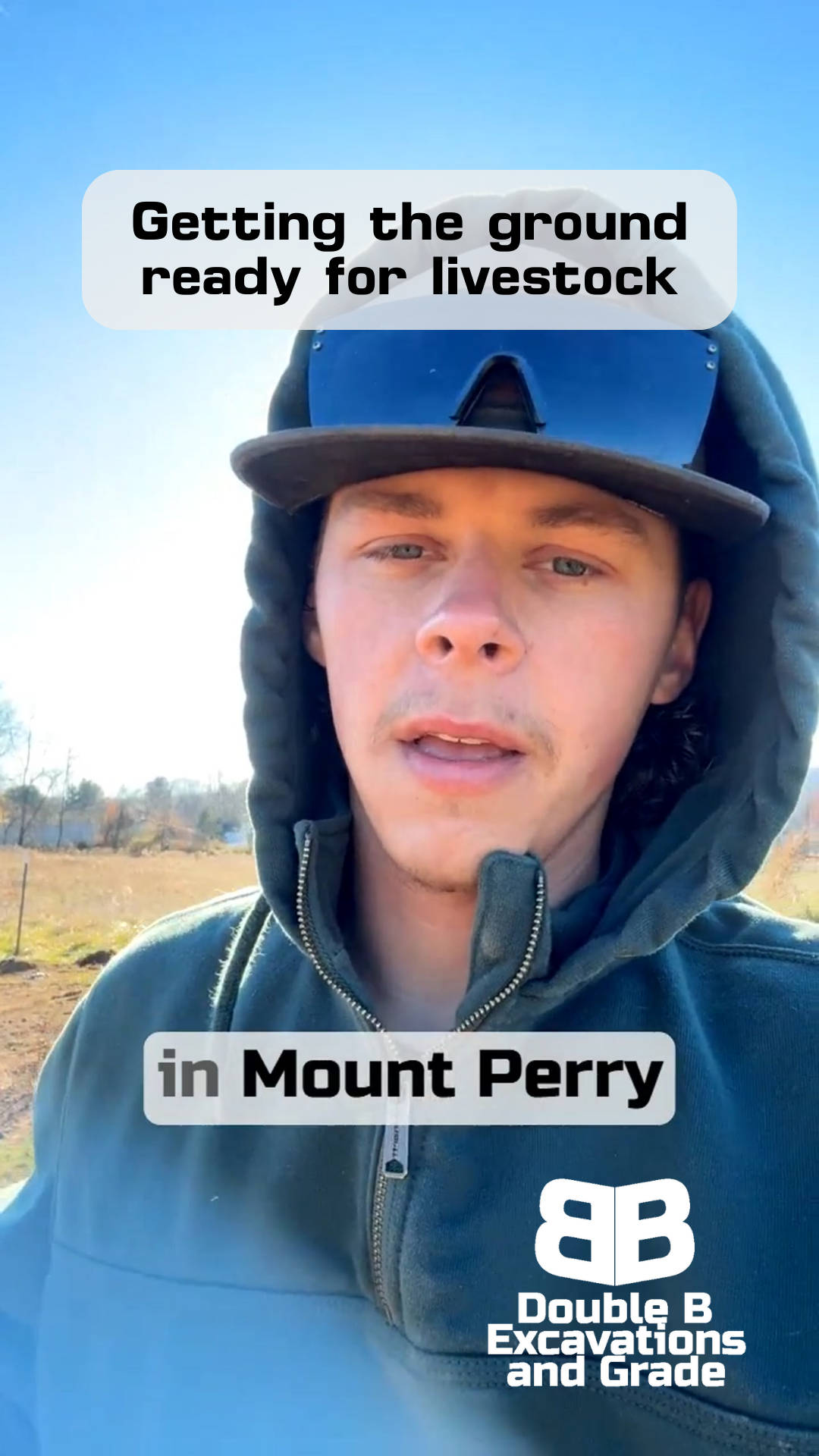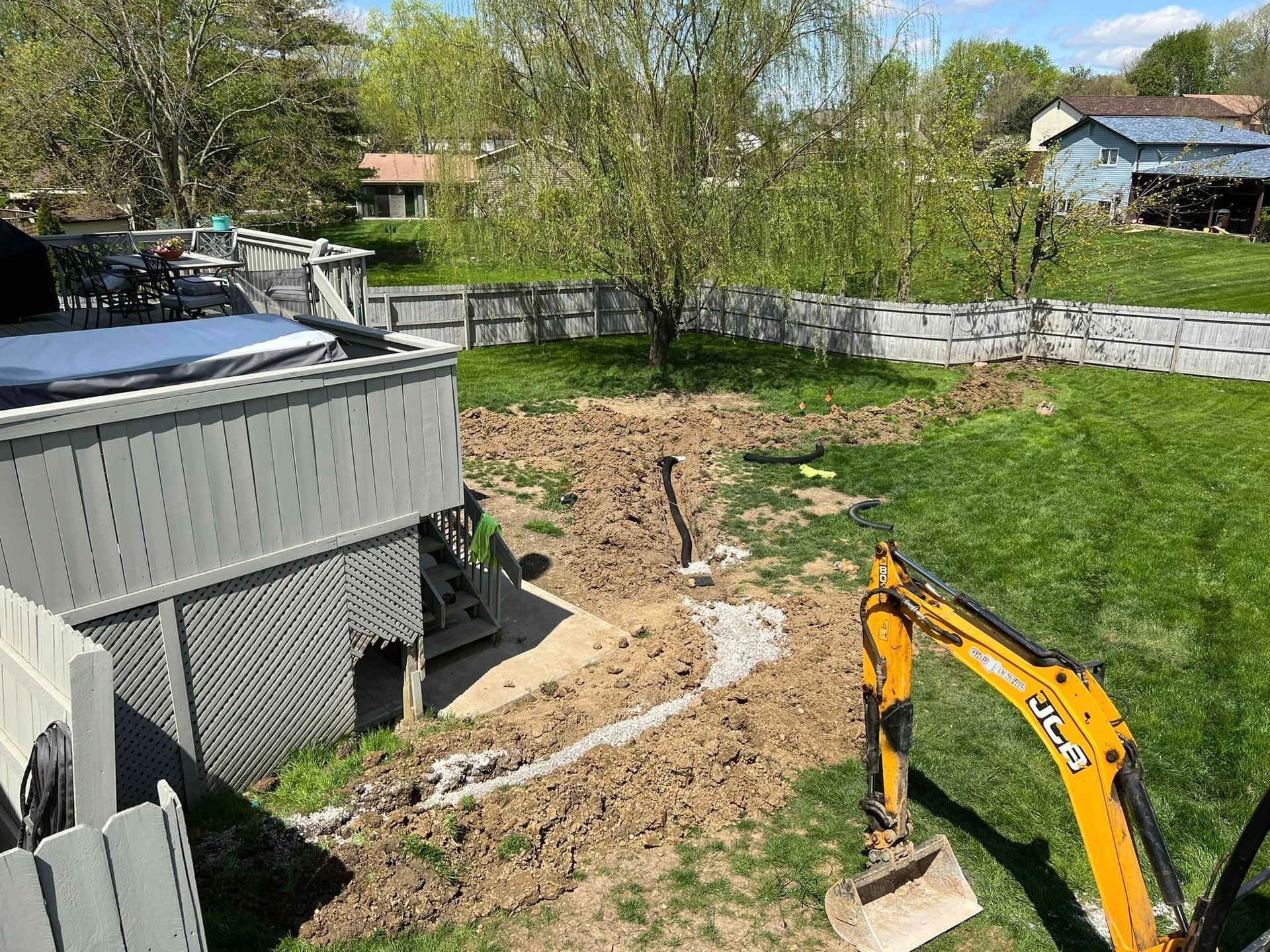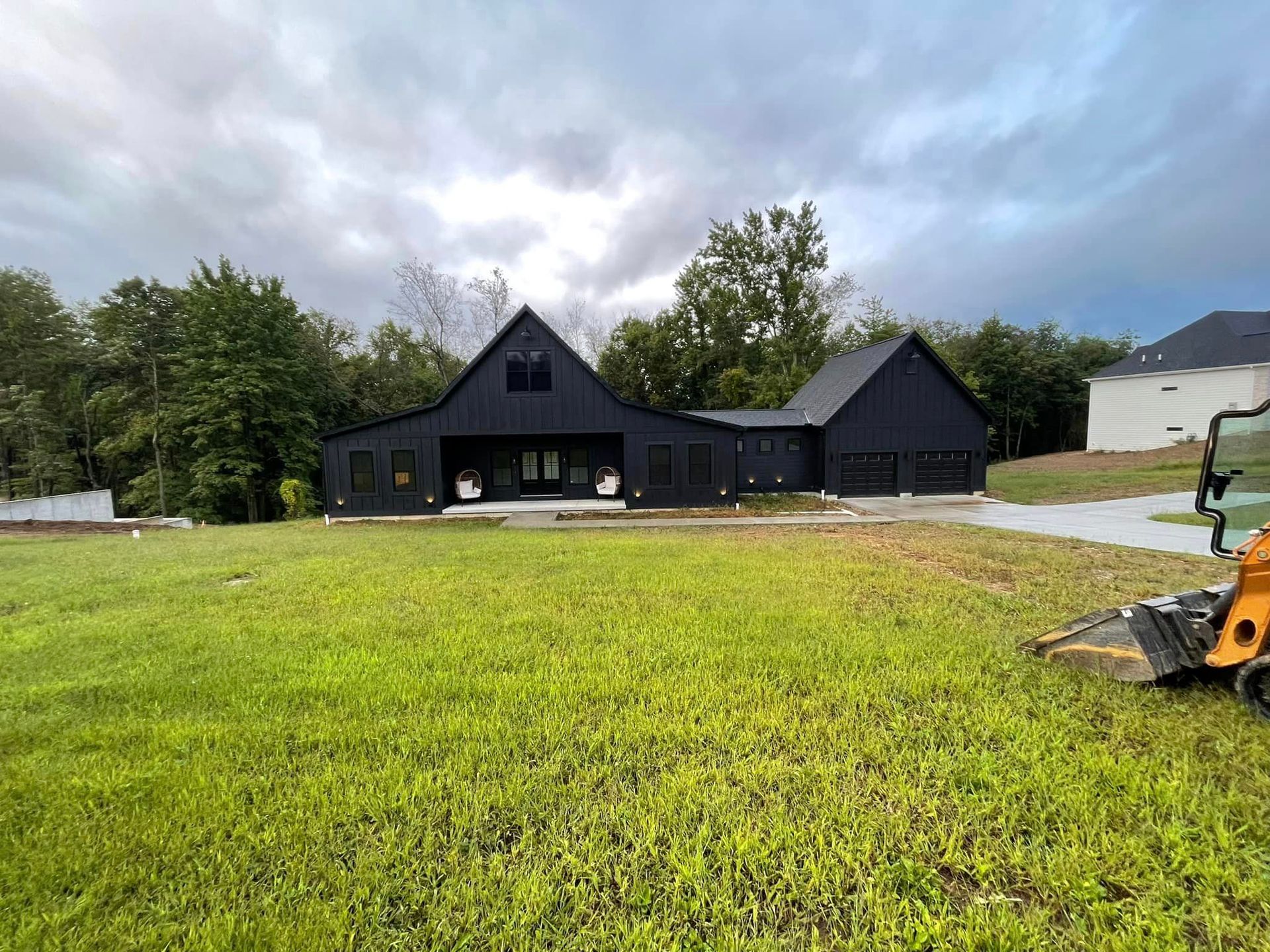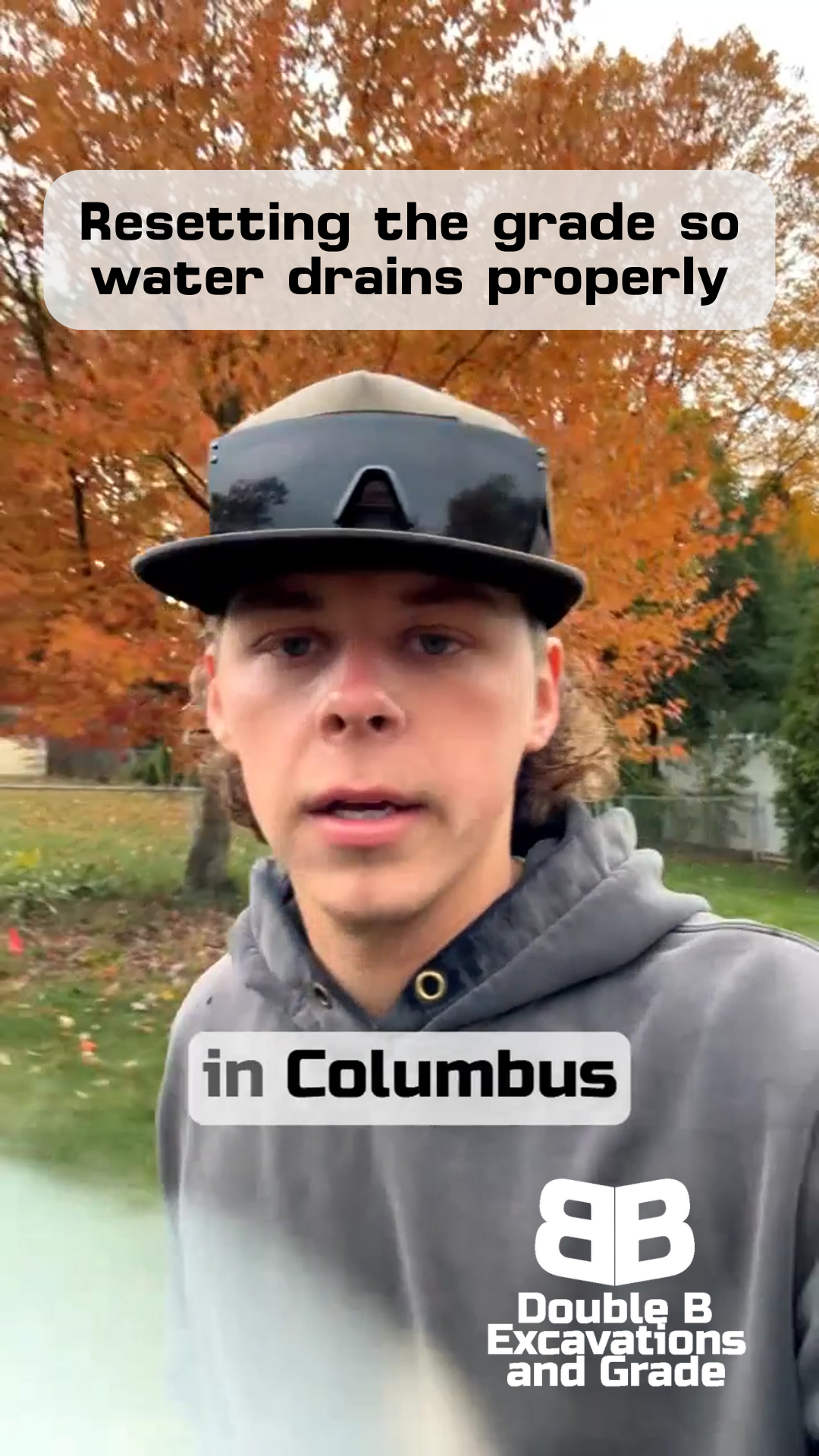Beyond Asphalt: How We're Fixing a Troubled Westerville Driveway from the Ground Up
Double B Excavations & Grade LLC
Why We Said No to Asphalt
FIXING THE ROOT OF THE PROBLEM — NOT JUST THE SURFACE
When your driveway's giving you problems, it's tempting to just throw some asphalt over everything and call it a day.
That's exactly what our Westerville homeowner was thinking about doing - and honestly, we can't blame them.
Nobody wants to deal with a crowned middle, potholes on both sides, and gravel spreading everywhere it shouldn't.
But here's the thing about quick fixes: they have a way of becoming expensive problems down the road. What looks like a simple solution today often turns into a bigger headache tomorrow.
That's why when we showed up at this Westerville property, we knew we needed to tackle things differently.
Welcome to Double B!
Understanding the Problems
Let's break down exactly what we're dealing with here. First, there's that crown in the middle of the driveway - basically, a raised section running right down the center. While it might not sound like a big deal, that crown is actually causing those potholes along both edges. When water runs off that raised middle section, it collects at the sides, weakening those areas over time.
Then there's the gravel spillover issue. Years of traffic and weather have pushed stones where they don't belong, making the edges look messy and actually reducing the driveway's effective width. Add to that an old city project where they installed a culvert but left behind a pile of gravel that's been causing problems ever since. The homeowner's been driving over that bump for years, watching it get worse and worse.
Think about it like this: if your roof was leaking, you wouldn't just patch the ceiling inside. You'd fix the actual roof. Same principle applies here - we need to address what's causing these problems, not just cover them up.
Why Not Just Asphalt?
Look, I get why asphalt seems like a good solution. It looks clean when it's first laid down, and there's something satisfying about covering up all those problems with a smooth, black surface. But let's talk about why that might not be your best move.
When you've got underlying issues like a crowned center and edge problems, laying asphalt is kind of like putting a band-aid on a broken arm. Sure, it covers the problem, but it doesn't fix what's actually wrong. Water's still going to run the same way, those edge problems are still going to exist underneath, and eventually, you'll be looking at the same issues - just with a layer of cracked asphalt on top.
Our Ground-Up Solution
Instead of covering up problems, we're taking a different approach in Westerville. First step? We're bringing in the Harley rake. This isn't just about smoothing things out - we're actually breaking up that compacted surface and redistributing the material properly. Think of it like hitting the reset button on your driveway.
But here's where it gets interesting. We're using two different types of stone, and there's a good reason for that. First, we're bringing in 80 tons of 304s. These stones create our new base layer, and they're specifically chosen because they compact really well. This prevents that crown from forming again in the middle.
On top of that, we're adding 60 tons of 57s. These stones are different - they're picked specifically for surface drainage and stability. When we roll everything together, these two layers work as a team. The 304s give us stability, while the 57s help water move where it needs to go instead of collecting in spots and creating potholes.
After each layer goes down, we roll it properly. This isn't just driving over it a few times - we're using specific patterns and pressure to make sure everything locks together the way it should. Then we clean up those edges, making sure we've got clear boundaries that'll keep the stone where it belongs.
Addressing Additional Challenges
You know what they say - there's always something extra to deal with. In this Westerville project, we've got that city culvert situation to handle. When the city came through, they installed the culvert (which was needed) but left behind what probably seemed like a small detail at the time - a pile of gravel. Years later, that "small detail" has turned into a daily annoyance for the homeowner.
But we can't just go in with equipment blazing. We know there's power lines running through that area, so we have to work smart, not just hard. This is where experience really matters - knowing how to fix these issues while working safely around utilities. Sometimes the solution isn't about using bigger equipment, it's about using the right approach.
Closing
When we finish this project in Westerville, what you'll see is more than just a smooth driveway. You'll see proper grading that moves water where it should go. You'll see edges that keep stone where it belongs. And most importantly, you'll see a solution that's built to last.
Looking Forward
If you're dealing with similar driveway issues, here's what I want you to take away from this: permanent solutions might take more time and material up front, but they save you money and headaches in the long run. Whether your driveway has a crown problem, potholes, or drainage issues, the key is fixing the cause, not just covering up the symptoms.
Sure, we could have just laid down some asphalt and called it a day. But that's not how we do things at Double B. When we take on a project in Westerville or anywhere else in central Ohio, we're thinking about how it's going to hold up years from now, not just how it looks tomorrow.
Need help figuring out the right solution for your driveway problems? We're always happy to come out, take a look, and explain your options in plain English. Because at the end of the day, our job isn't just fixing driveways - it's solving problems the right way, from the ground up.

